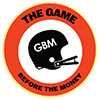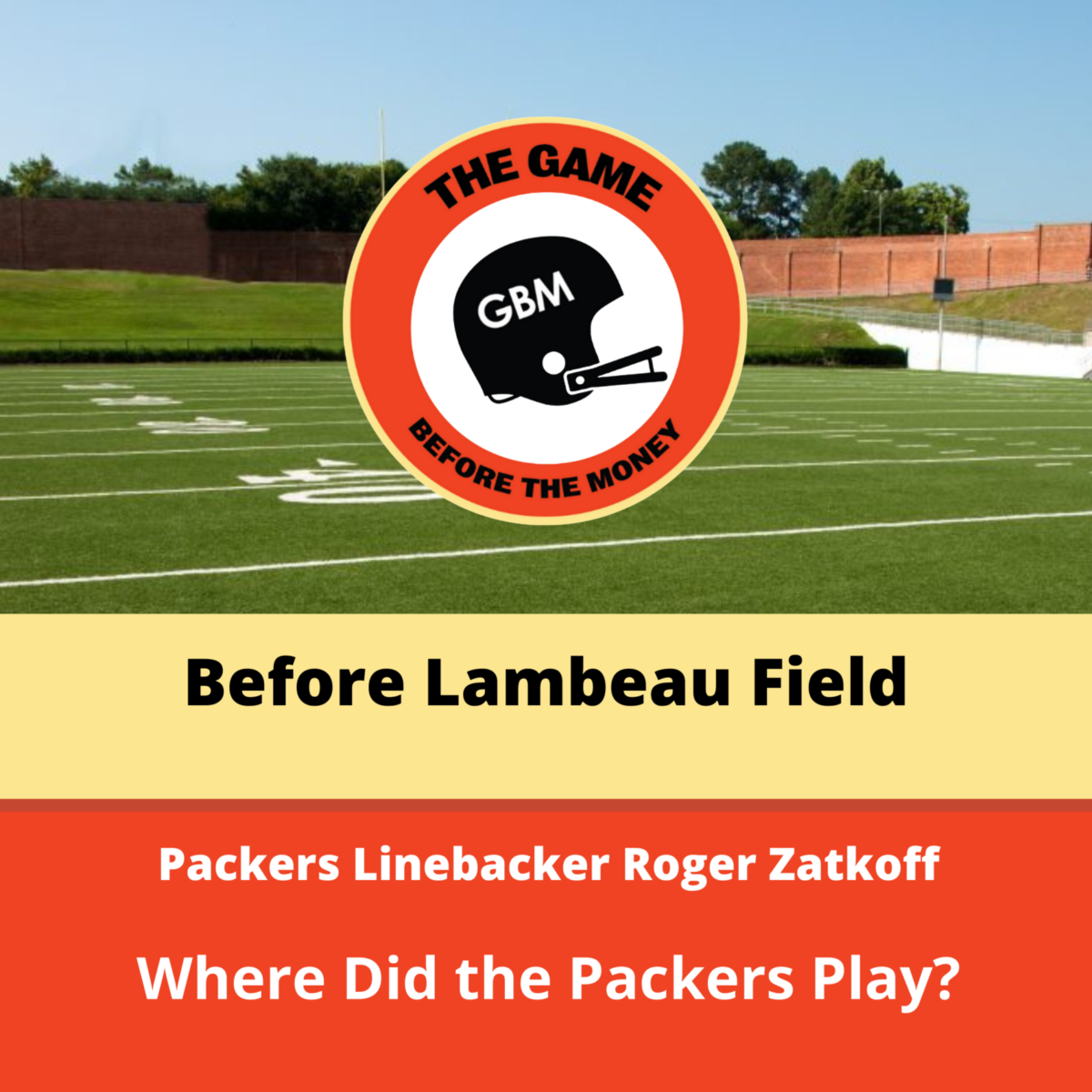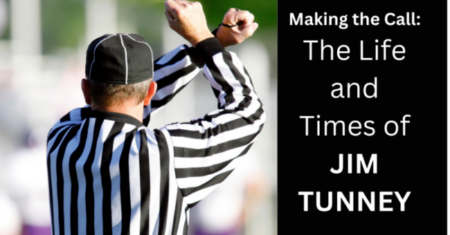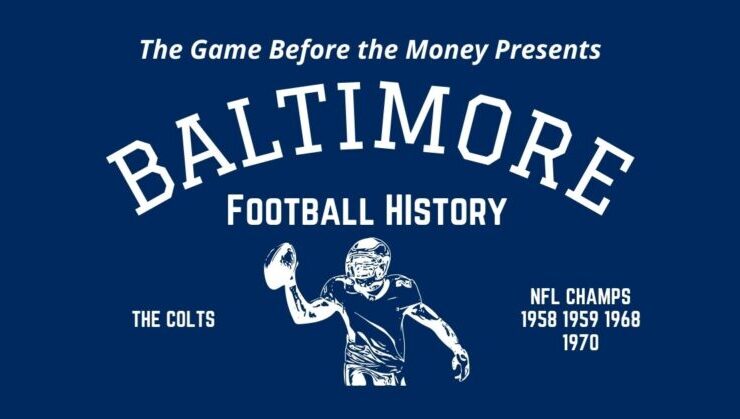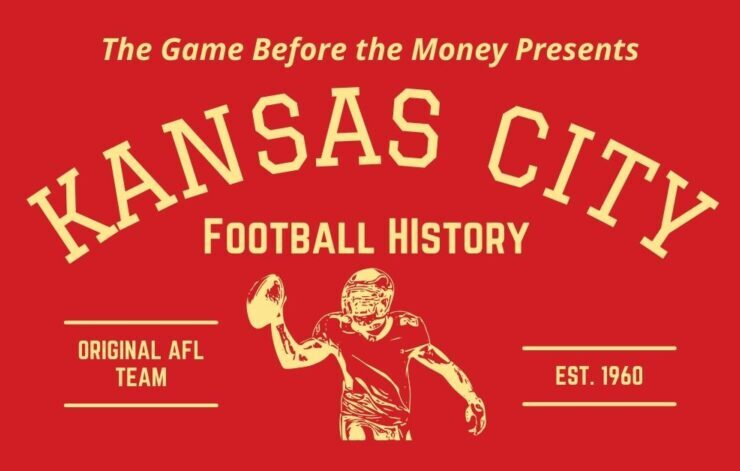Packers linebacker, Roger Zatkoff, shared what it was like to play for the Green Bay Packers in the days before Lambeau Field was built on the Game Before the Money Podcast.
The Green Bay Packers Played Home Games in a High School Stadium
Packers linebacker Roger Zatkoff played a few seasons in the 1950s before Lambeau Field was built. Lambeau Field, which was originally called New City Stadium, opened in 1957.
Although incredible to picture considering how huge the NFL is today, once upon a time the Green Bay Packers played home games at Green Bay’s East High School, the same high school from which Curly Lambeau graduated.
The team played in what was called City Stadium from the mid-1920s through the mid-1950s. And for a long time, the Packers actually dressed for games in the East High School locker rooms.
In the 1950s, the NFL wanted Green Bay to build a new stadium. Local voters approved the construction. The Packers moved into New City Stadium in 1957, later renamed Lambeau Field in 1965. NFL Commissioner Bert Bell and then Vice President Richard Nixon attended the first regular-season game ever held at Lambeau Field, a Packer victory over the Bears in Week 1 of the 1957 NFL Season.
1940s Packers Memories of City Stadium
I wrote Bob Kahler in the first days of The Game Before the Money, in 2011 or 2012. At the time, he was the last surviving member of the 1944 World Champion Green Bay Packers. I asked him about what the Packers’ stadium was like before Lambeau Field. See his response here.
Packers Wide Receiver and Defensive Tackle, Nolan Luhn, spoke about the stadium in The Game Before the Money: Voices of the Men Who Built the NFL, published by the University of Nebraska Press.
“We played home games at the high school stadium on the east side of town. They called it City Stadium or East High (for East High School). We worked out in the high school.”
“In 1945, the stadium held only 27,000 people,” Luhn added. We could have had a crowd of probably 50,000 when we played the Chicago Bears, but they didn’t have that many seats.”
To get an idea of what the stadium looked like, check out this photo from 1925 that the Packers posted on social media.
Advantage to Defense in the 1950s
The Old City Stadium that Roger Zatkoff played in during the 1950s apparently housed one feature that offered a bruising advantage to the defense. Zatkoff told the story on The Game Before the Money Podcast.
“They had a dirt running track around the field and they had a 2 x 8 (wooden board) all the way around the field….If you could catch a running back running down the sidelines, you could hit him and drive him off the edge. You could drive him into the 2 x 8, which was surrounding the field. You know if you had a good halfback or the top player from the team. You didn’t want to hurt him so that he couldn’t play, but you just didn’t want him to play that day.”
Zatkoff played for the Detroit Lions in 1957 and won the 1957 NFL Championship with the team. He played an important role in the Lions defense. Listen to him share stories about his college days at Michigan, his time with the Packers, and winning the championship with the Lions on our sports history podcast.
Lambeau Field Now More Than Double Original Size
We can all picture the enormous size of a packed Lambeau Field today. The stadium now holds over 80,000. It wasn’t always like that. Here is a photo of Packer Bill Butler at what is now Lambeau Field in 1959. Hard to believe that’s what Lambeau looked like! Also note that the Packers had yet to add the iconic “G” on their helmets.
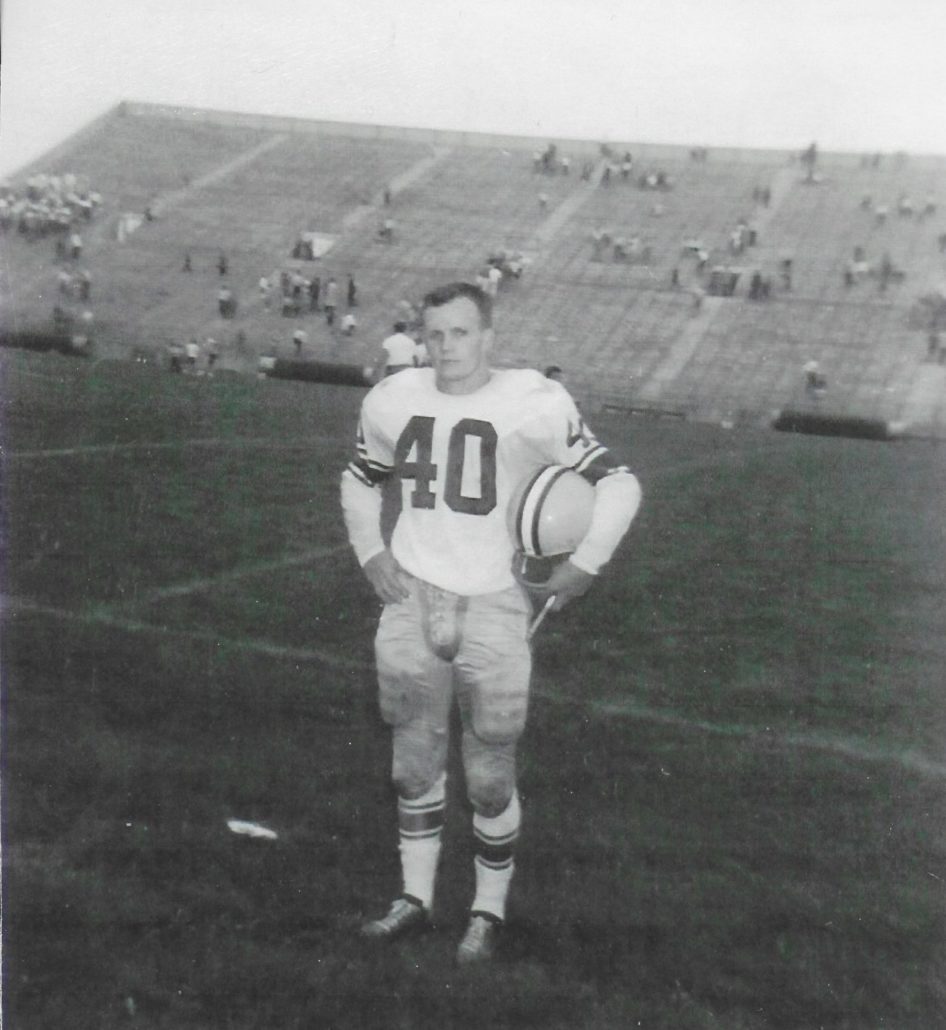
The photos below show the stadium in both 1961 and 1962, just a few seasons after New City Stadium opened and a couple of years before it was renamed Lambeau Field. The stadium held about 32,000 when it first opened. A few thousand seats were added before these photos were taken. Capacity grew to around 50,000 in the mid-1960s.
Embed from Getty Images